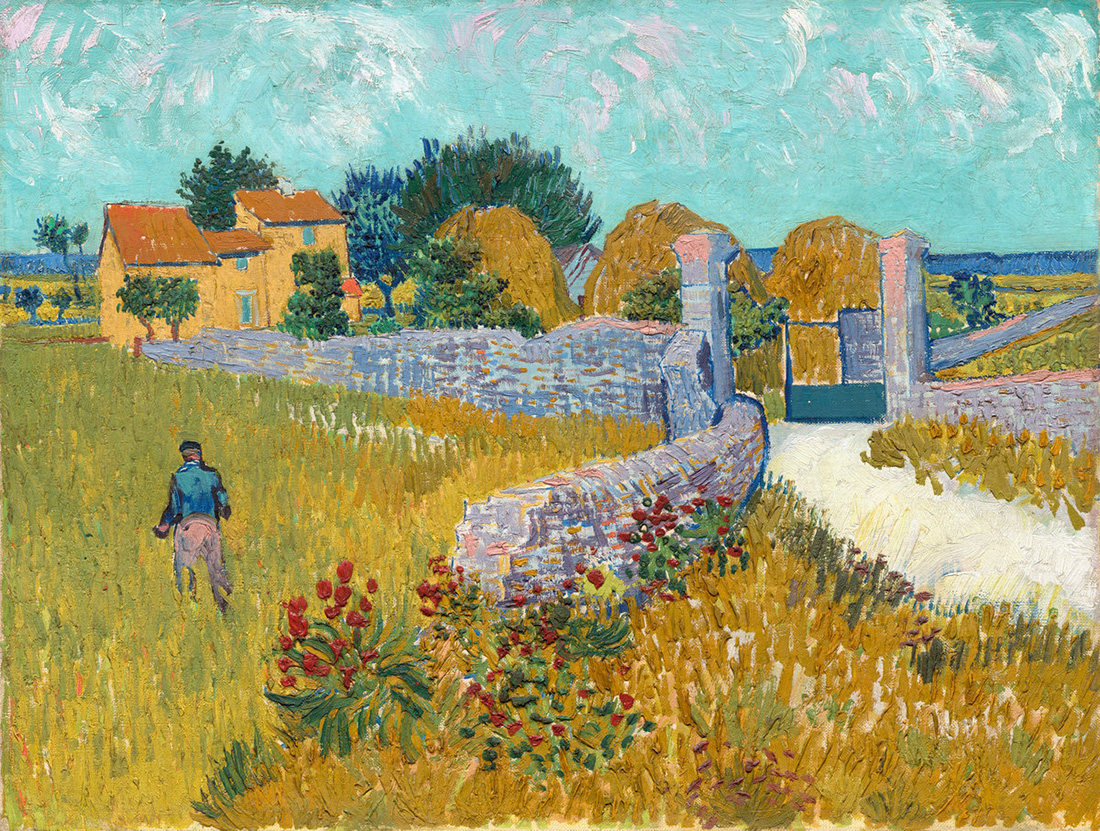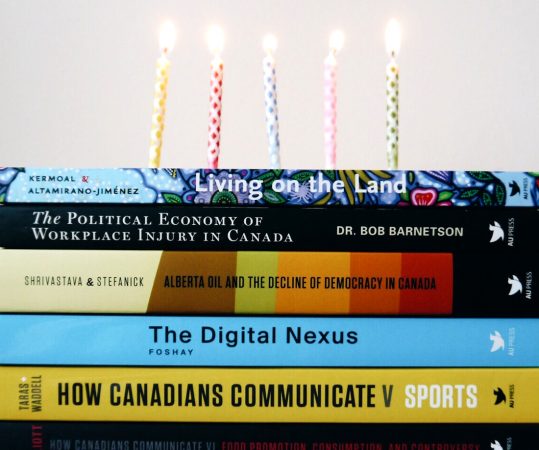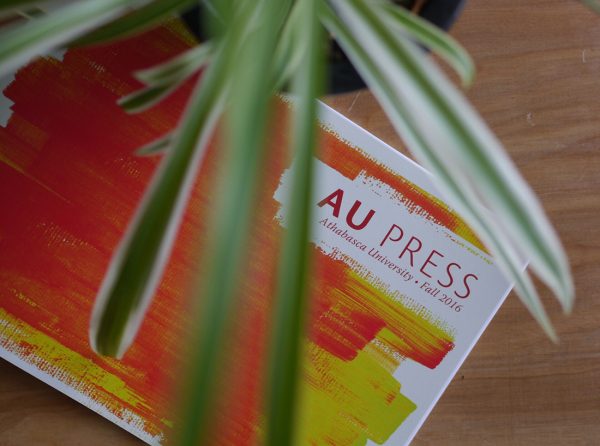Image: Vincent van Gogh (Dutch, 1853 – 1890 ), Farmhouse in Provence, 1888, oil on canvas, Ailsa Mellon Bruce Collection 1970.17.34
In the upcoming publication from AU Press, Reading Vincent van Gogh, Patrick Grant guides the reader through Van Gogh’s extensive collection of letters. Along the way, Grant points to recurring themes and ideas that were at the forefront of Van Gogh’s mind. The artist’s use of colour is among these themes and he has long been praised for his remarkable use of colour. While Van Gogh’s first paintings were dark and tonal, similar to other Dutch artists of his time, he later developed his more vibrant signature style. (See Van Gogh’s Bobbin Winder, 1885 for an example of “toon op toon” painting.) In his letters to his brother Theo, and his sister Williemien, Van Gogh’s interest in colour is evident. Collected here are quotes from those letters alongside Patrick Grant’s observations.
For Van Gogh, colour was not just a tool to express his ideas on the canvas—there was an emotional quality to the way colours combined, heightened, or muted in his work.

“The arrangement of colours trumps accuracy of description, and Van Gogh’s palette became front and centre in descriptions of his own painterly practice.” (Grant)
“Colour is a powerful means of communication in itself, and its effectiveness in a painting resides in the artist’s distinctive use of contrast and complementarity.” (Grant)

In his well-known painting, Starry Night, we see Van Gogh’s ability to capture a wonderful and striking perspective on darkness. The excerpt below shows how Van Gogh came to see the dark sky full of colour.

Grant’s goal is to demonstrate that Van Gogh’s writing is as colourful as his famed paintings and his literary work as worthy of study as his artistic work.
“Again, in a remarkable description of his painting of the asylum garden in St. Rémy, Van Gogh explains how colour communicates the “sensation of anguish” that the asylum patients feel. But we then realize also that his verbal description reproduces a felt sense of that same emotion.” (Grant)

“As Van Gogh’s moral idealism moved into the foreground, he looked to art, and specifically to drawing, as a means of publicizing the hard truths about the difficult lives of many working people. Throughout his Dutch years, a social gospel of art holds strongly at the centre of his correspondence, yielding gradually to a new understanding of the autonomy of art, which in turn reflects his developing, and then all-consuming, interest in colour.” (Grant)
To Van Gogh, the expressive potential of colour was endless, perhaps only matched by the carefully constructed written word.



